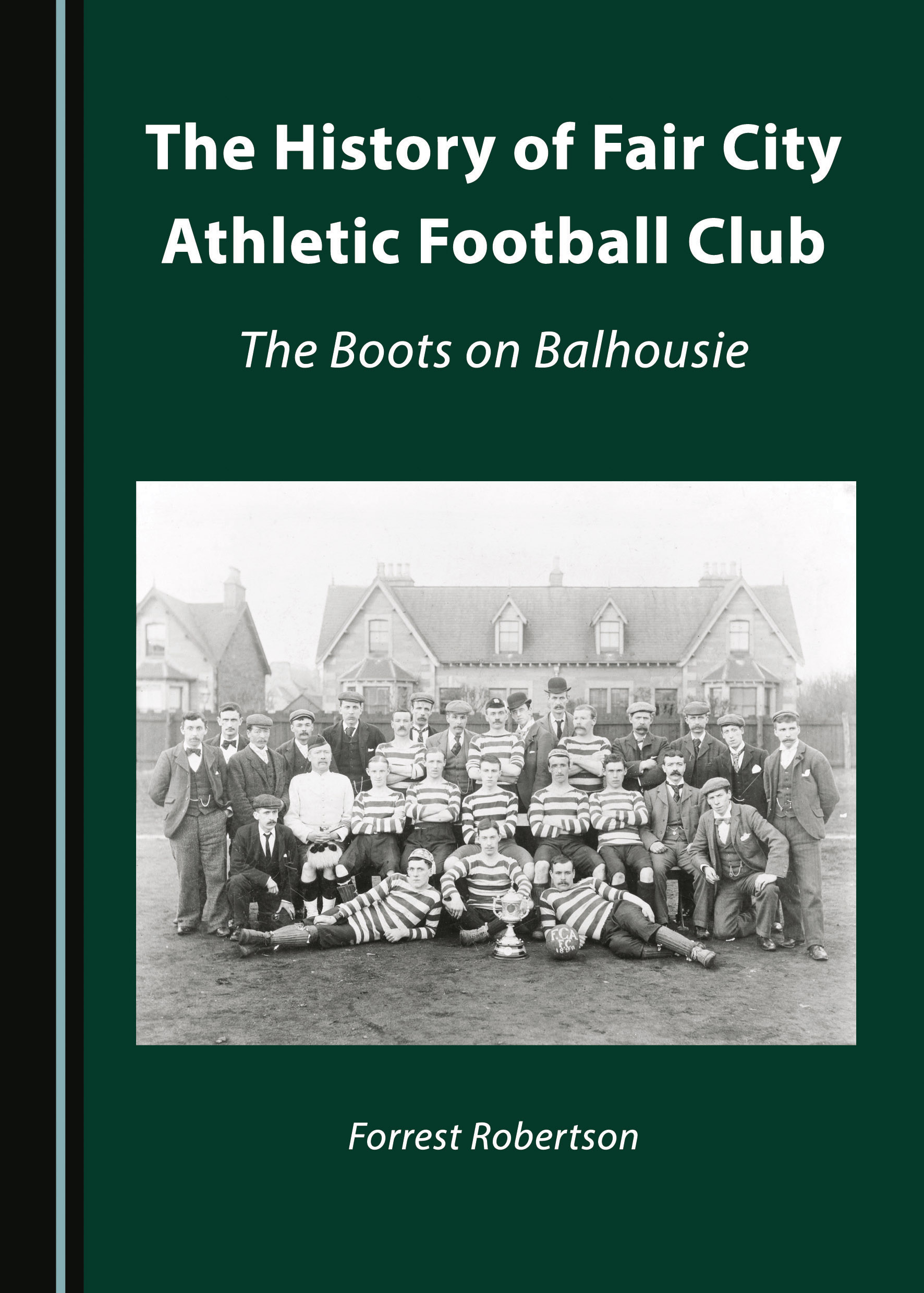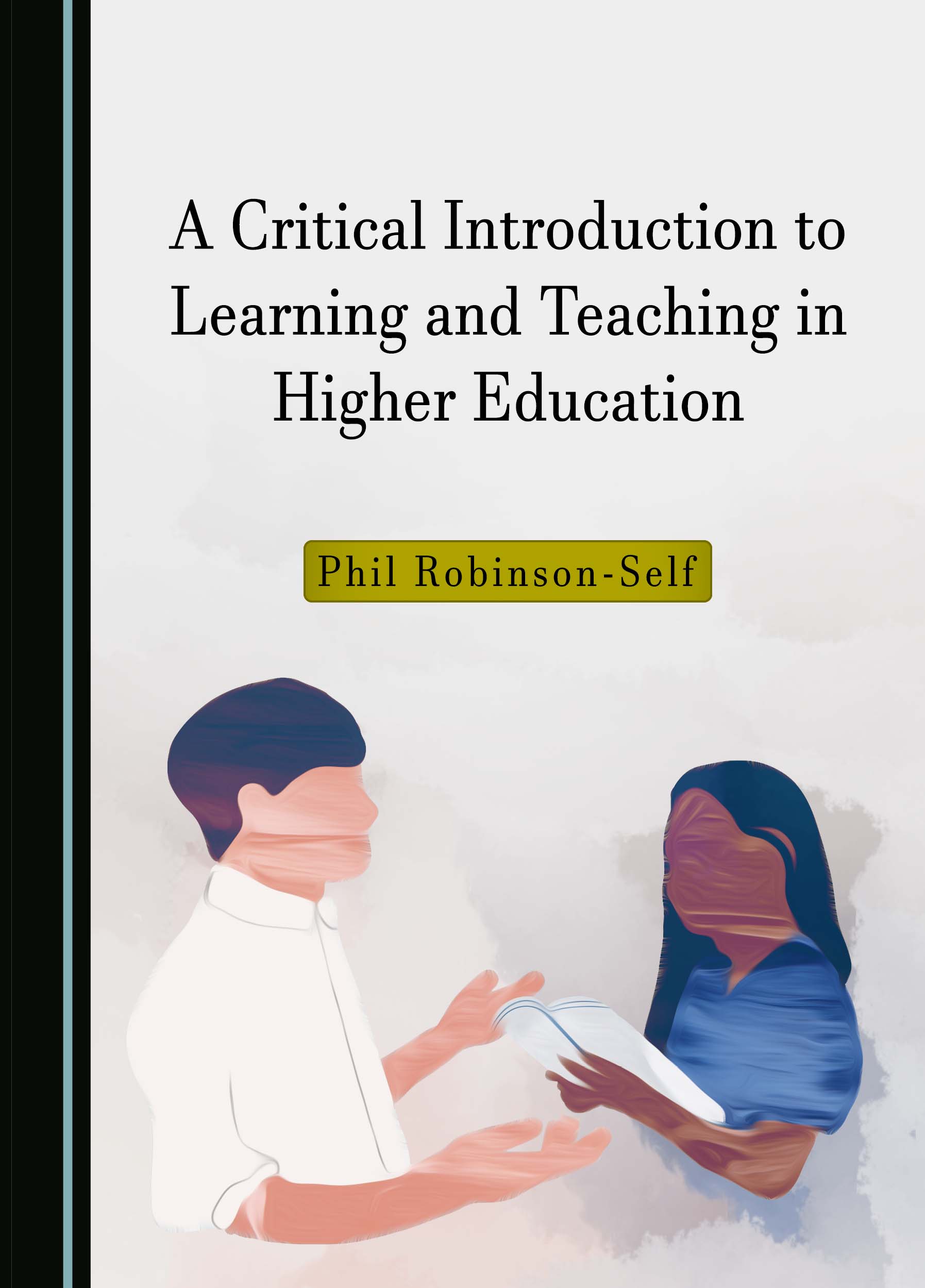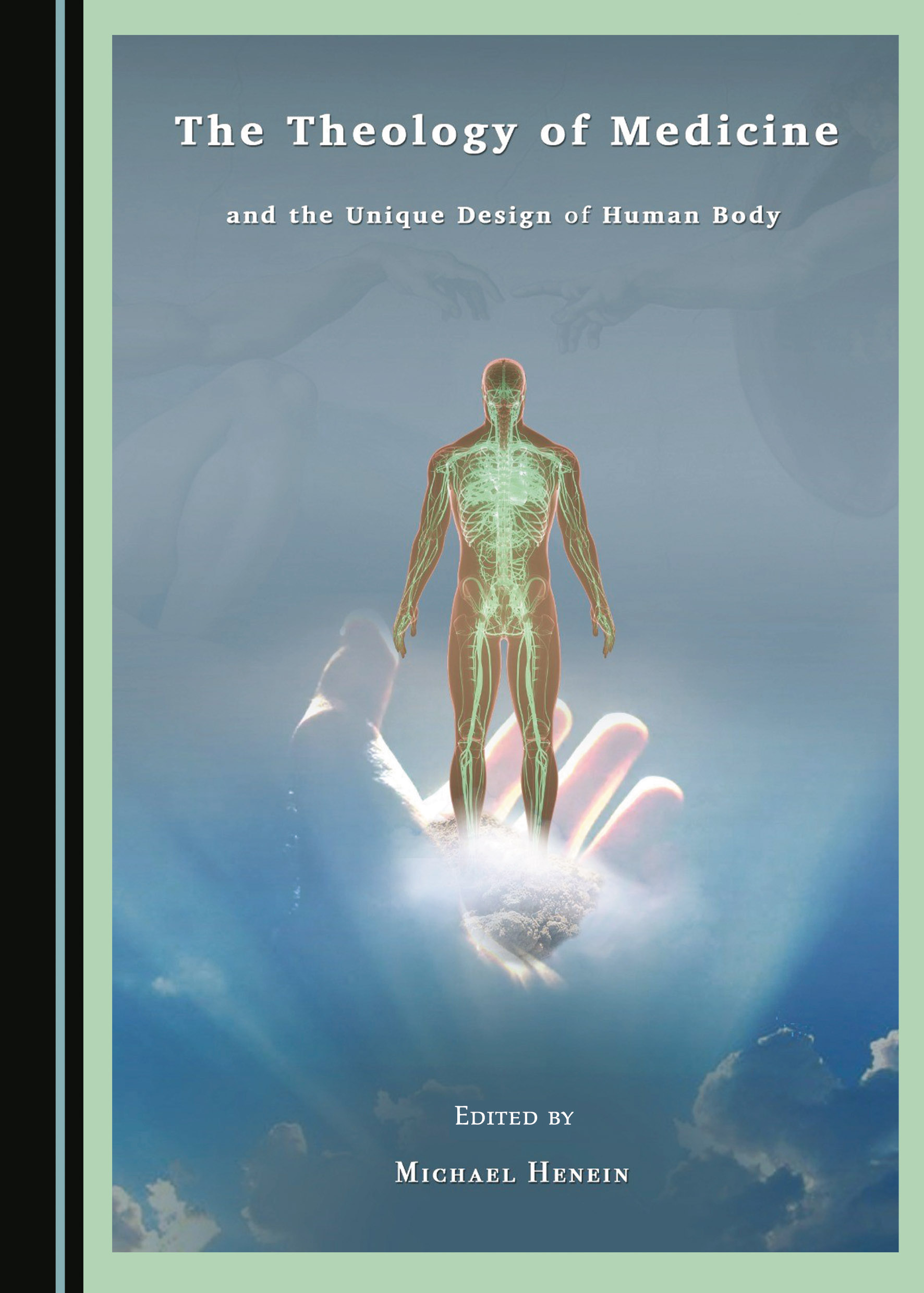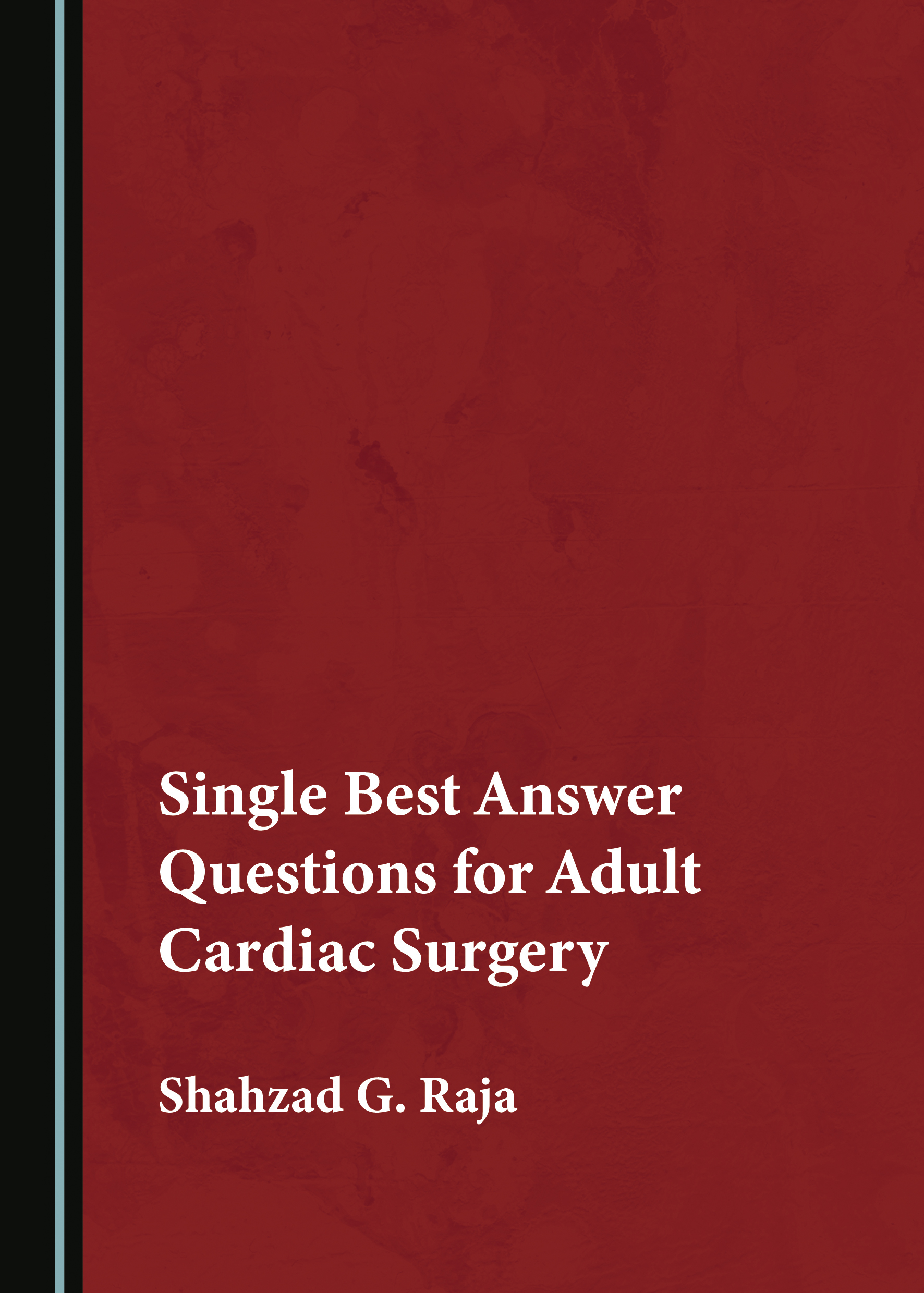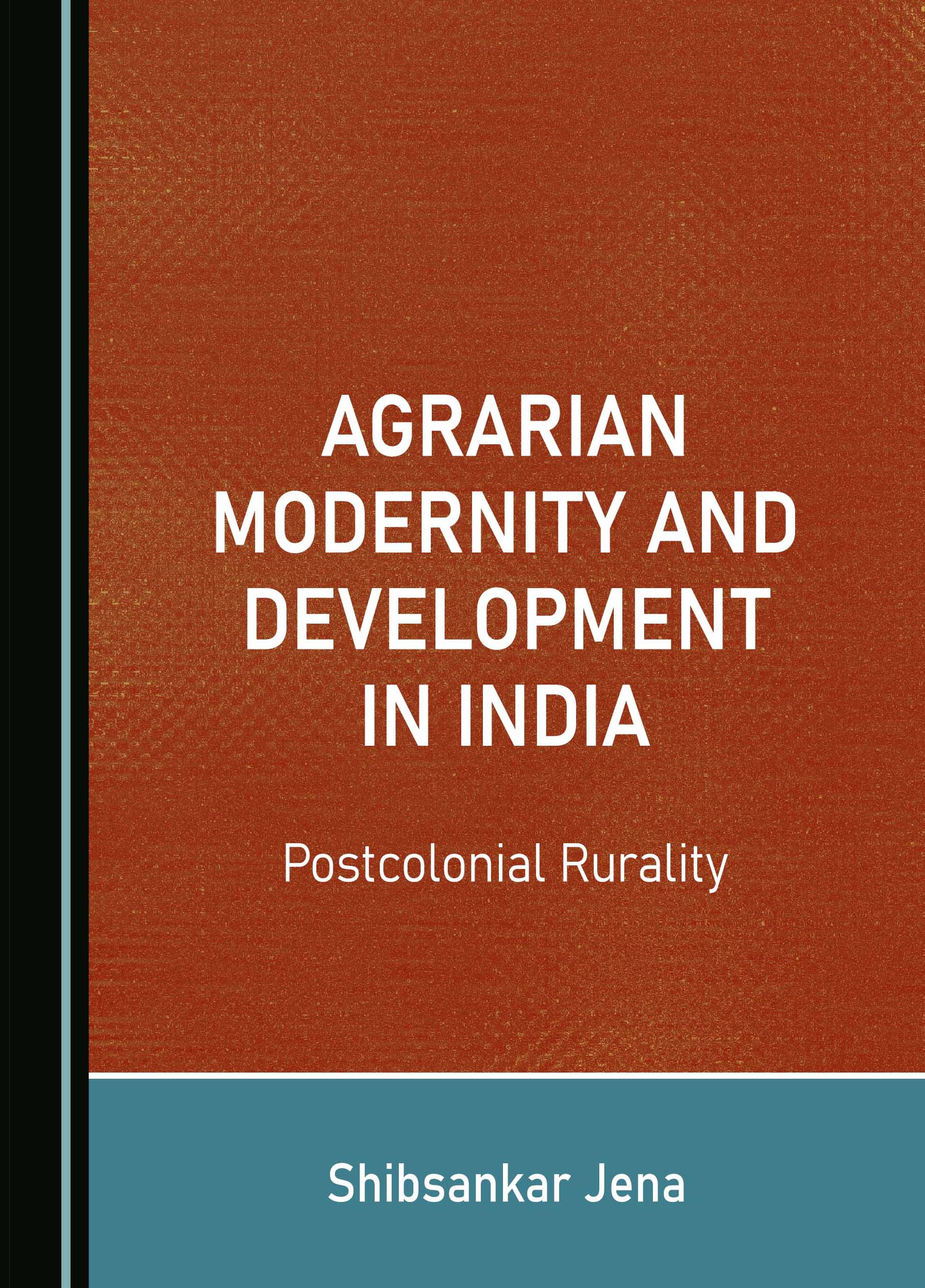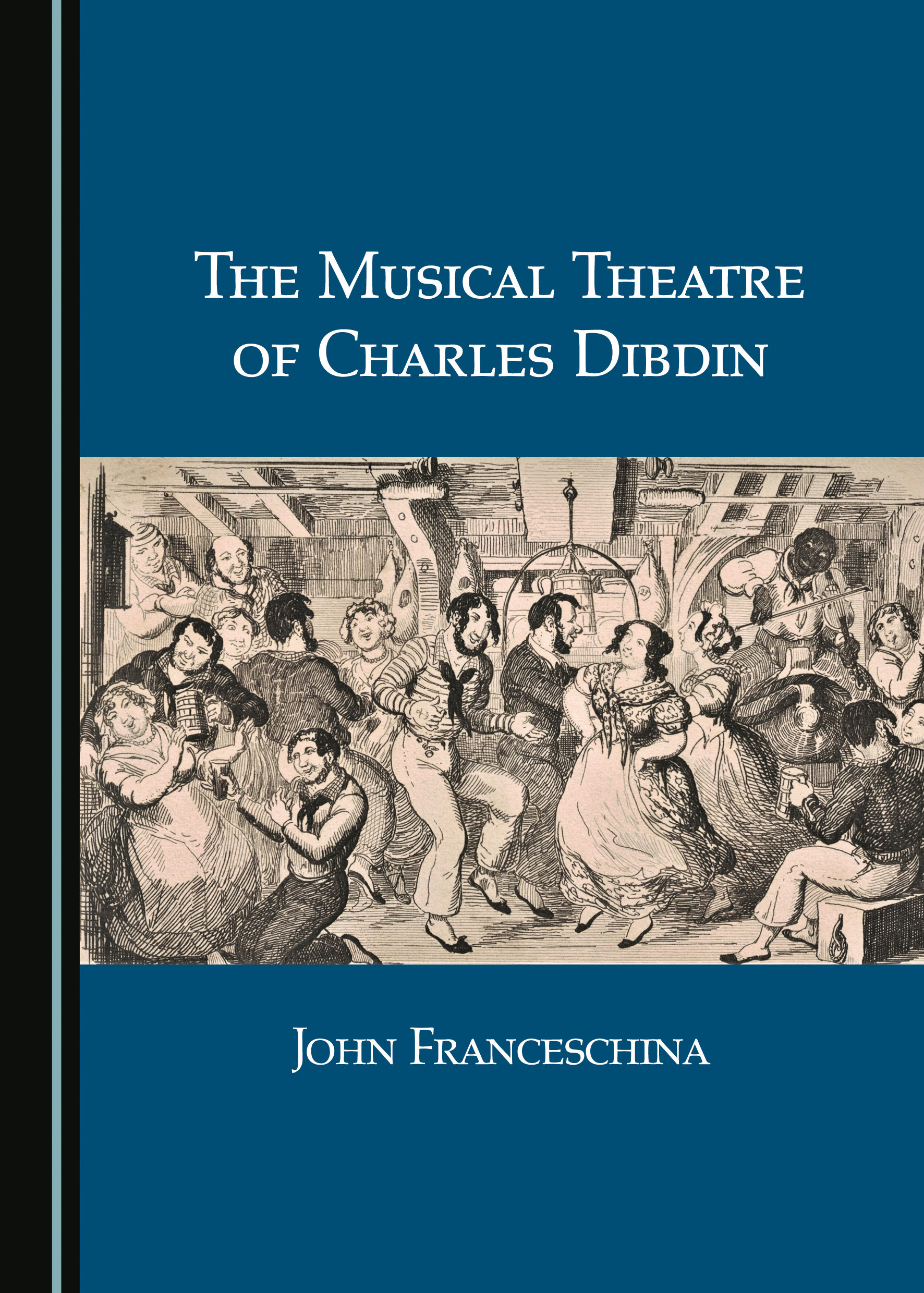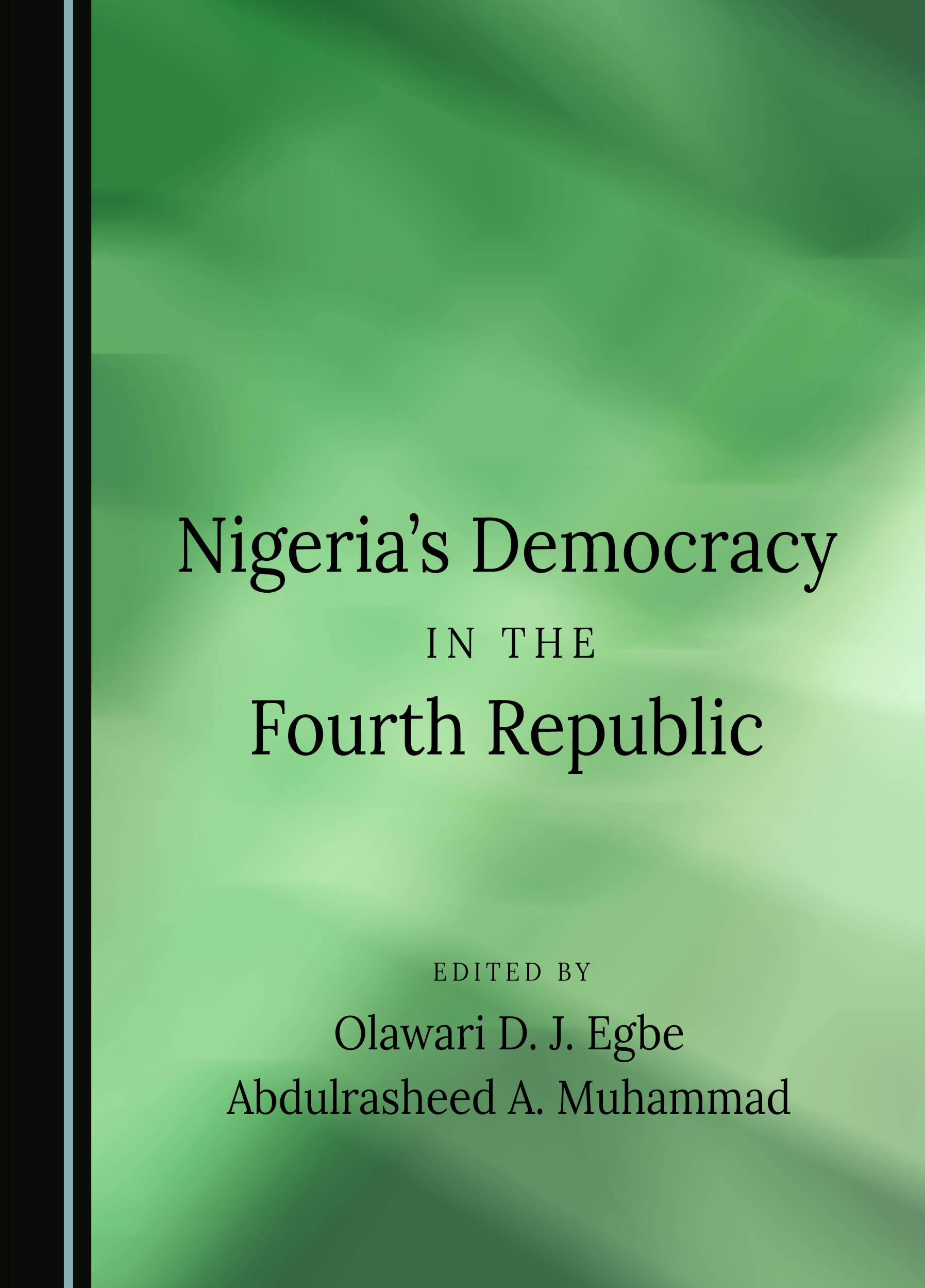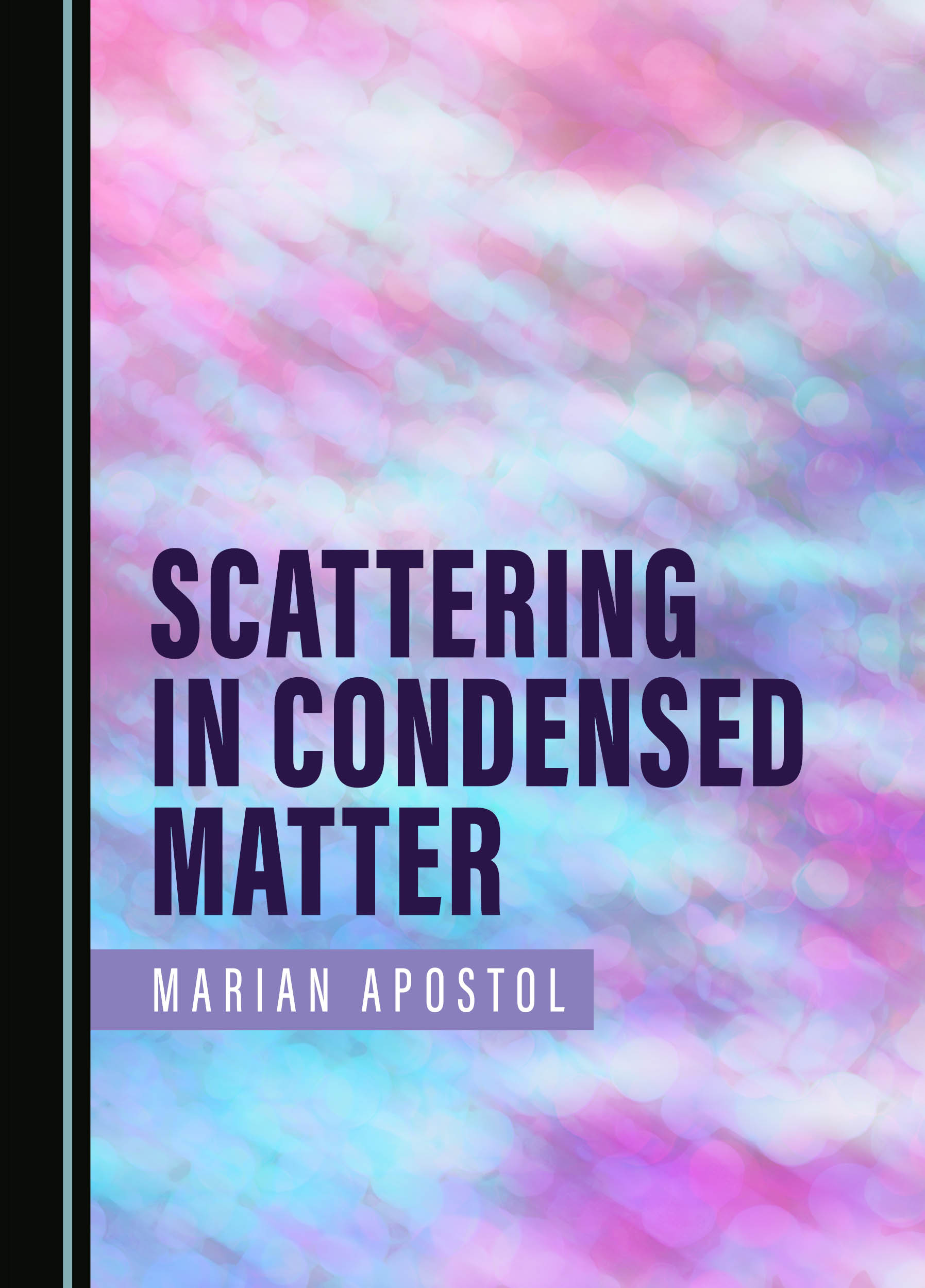English, Colonial, Modern and Maori: The Changing Faces of the Robert McDougall Art Gallery, Christchurch, New Zealand, 1932-2002
How and why do works make their way into a public art collection? Who decides what will be hung on the walls, placed on plinths, displayed in cases? These important, but seldom discussed, questions lie at the heart of this ‘cultural biography’ of the 70 years during which the Robert McDougall Art Gallery was Christchurch’s civic art gallery. The book explains how the collection came together, how it developed, and how the public, and artists and critics, reacted to it.
The book is presented in three parts, each of which has its own introduction. It provides an analytical framework in detail and in context by defining terms and explaining particular, recurrent concepts. These include, and indeed highlight, selection and presentation cultures derived from the core museological functions of collection and display. These, together with the framework’s other concepts, are related to mainstream methodology in the social sciences, particularly political science. The latter is especially relevant to the study of a public art gallery – owned and funded by the public and its elected representatives, and controlled by these representatives and their appointed agents. Furthermore, the framework explores the concept of post-colonial tensions between heritages – specifically indigenous, transplanted and autochthonous ones. The significance of this becomes more apparent when the concepts used in relevant previous studies of specific public art galleries in New Zealand are reviewed.
There is also a strong emphasis on the development of a public Maori art collection. It is a story, too, of vivid and influential personalities – the directors and curators who fought for the gallery and the artists represented in it. But the book is more than just the story of a single gallery’s collection: it shines a light on concerns and patterns that will be familiar to galleries everywhere, and provides a unique perspective on New Zealand’s cultural development over much of the twentieth century.
Dr Anna Crighton, QSO, received her Doctor of Philosophy with Distinction from the University of Otago, Dunedin, New Zealand, in 2012. Based on her thesis, this book has combined Crighton’s passion for art and architectural history from her former careers as art gallery Registrar and as a Christchurch City Councillor for twelve years; for the latter, she chaired the Arts Culture and Heritage Committee. Crighton has curated several exhibitions and championed public art, and has written for the Journal of New Zealand Art History and Art New Zealand, as well as contributing several biographies for the New Zealand Dictionary of Biography. She is currently President of Historic Places Aotearoa, and her role on the New Zealand Historic Places Trust Board for twelve years attests to her long-standing commitment as a staunch advocate committed to the retention and restoration of New Zealand’s bi-cultural heritages. Crighton was awarded the Queen’s Service Order for Public Service in 2005.
There are currently no reviews for this title. Please do revisit this page again to see if some have been added.
Buy This Book








